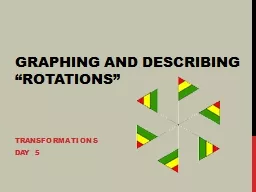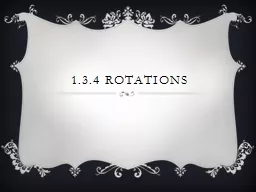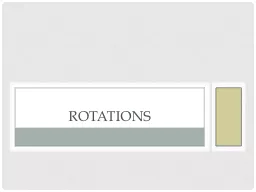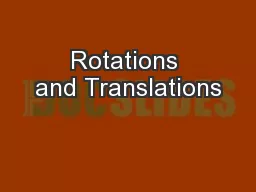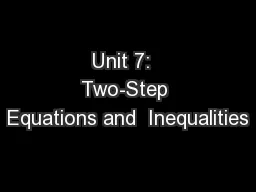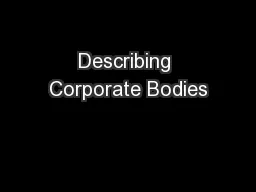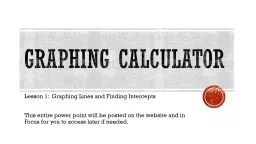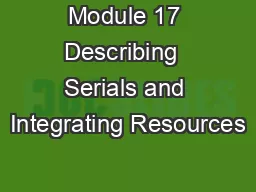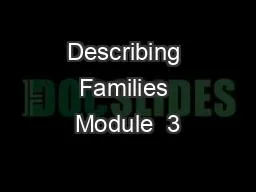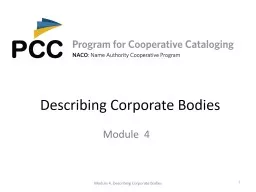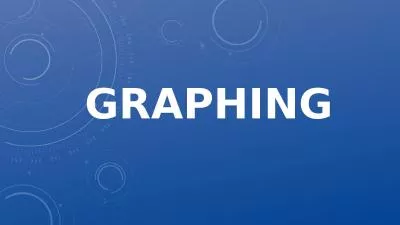PPT-Graphing and Describing “Rotations”
Author : celsa-spraggs | Published Date : 2017-09-20
Transformations Day 5 we spent a day focusing on Translations A translation is a slide that moves a figure to a different position left right up or down without
Presentation Embed Code
Download Presentation
Download Presentation The PPT/PDF document "Graphing and Describing “Rotations”" is the property of its rightful owner. Permission is granted to download and print the materials on this website for personal, non-commercial use only, and to display it on your personal computer provided you do not modify the materials and that you retain all copyright notices contained in the materials. By downloading content from our website, you accept the terms of this agreement.
Graphing and Describing “Rotations”: Transcript
Download Rules Of Document
"Graphing and Describing “Rotations”"The content belongs to its owner. You may download and print it for personal use, without modification, and keep all copyright notices. By downloading, you agree to these terms.
Related Documents

